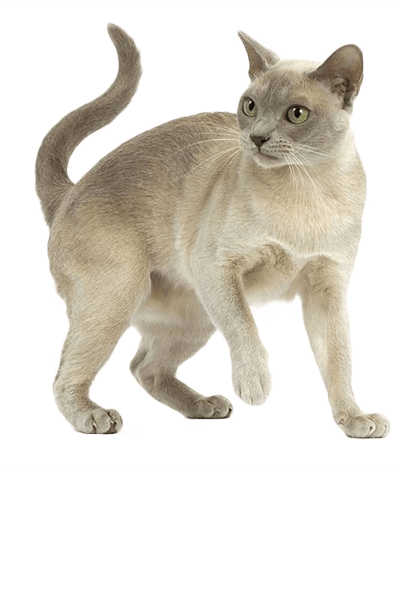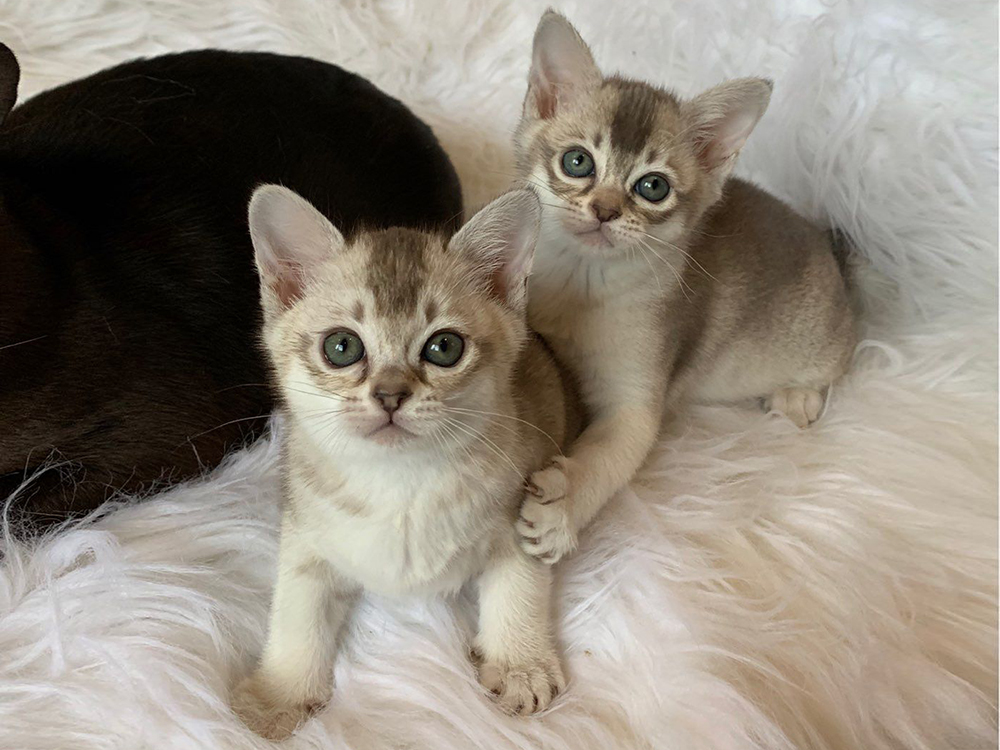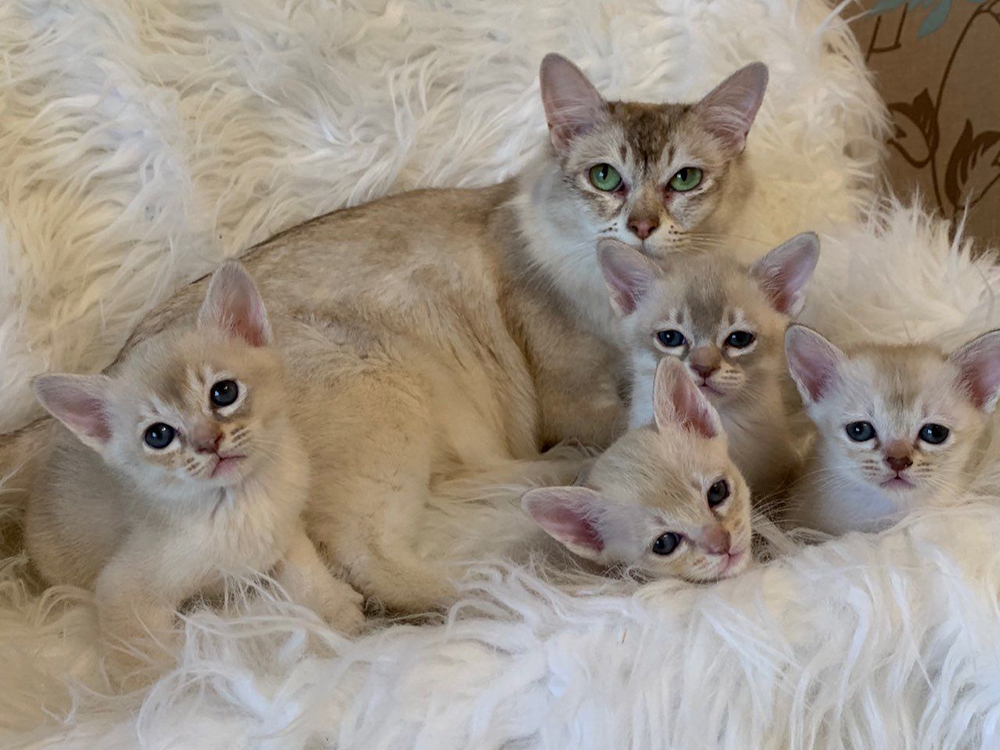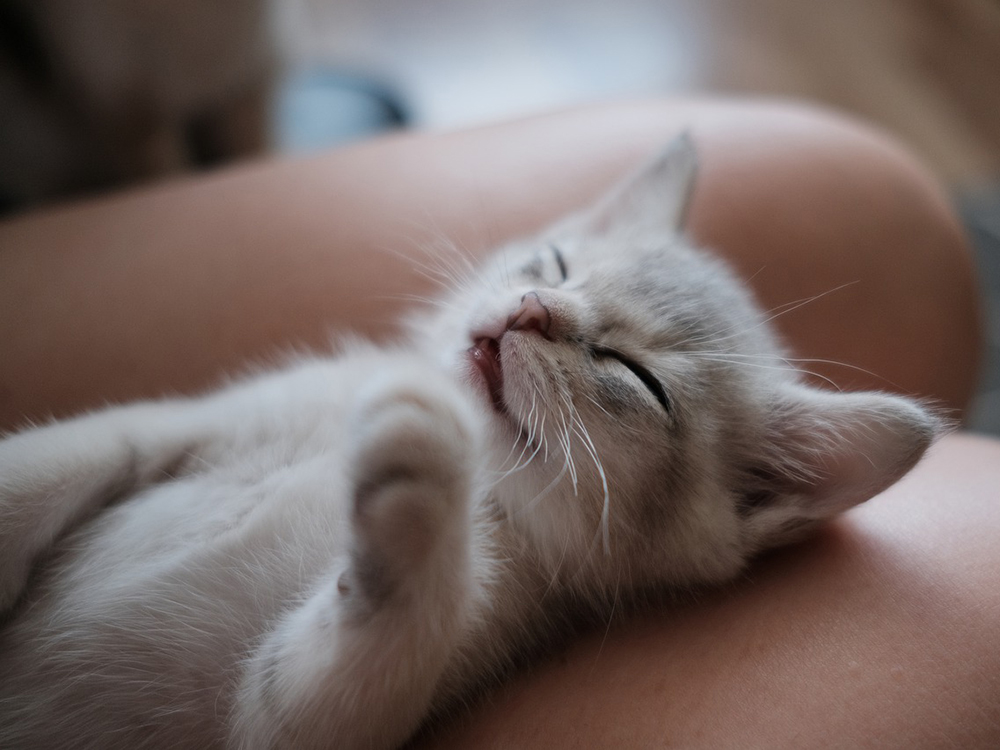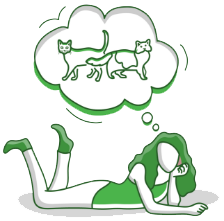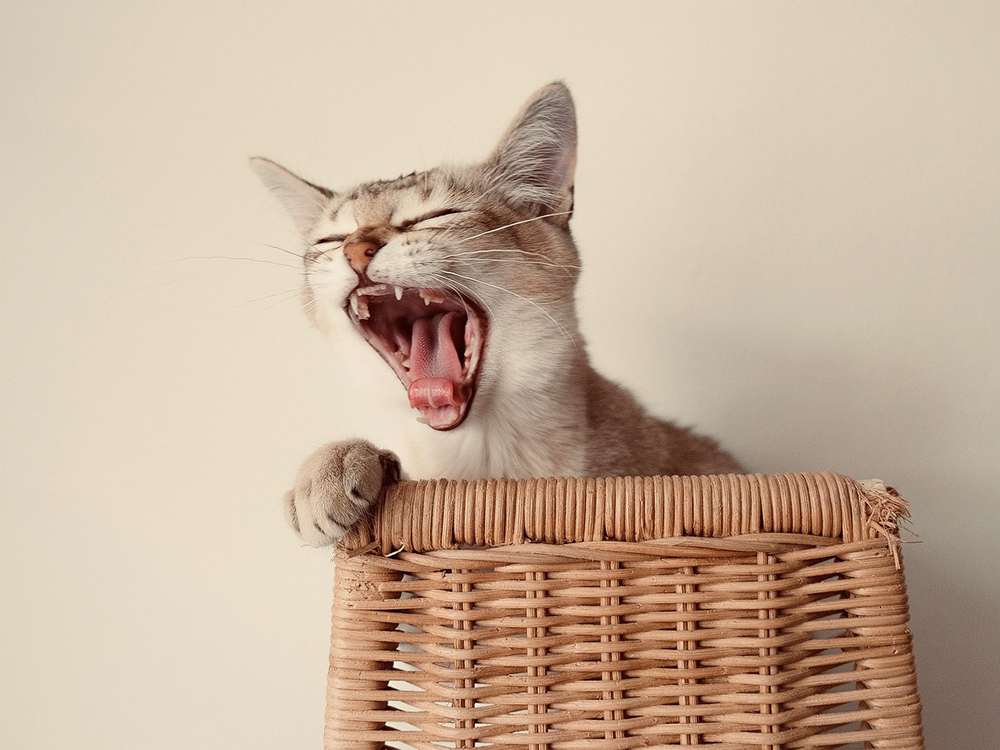
Burmilla Breed Pictures
Vital Breed Stats
| Weight: | 0 - 0 kg M | 0 - 0 kg F |
| Life Expectancy: | 12 - 15 years |
Breed Characteristics
| Size: |  |
| Grooming: |  |
| Trainability: |  |
| Good with Children: |  |
| Good with other pets: |  |
| Affectionate: |  |
| Active Level: |  |
Give a thumbs up if you love the Burmilla

0
More About the Breed
History
The Burmilla cat breed was brought by an accidental mating that took place in England in 1981. Baroness Miranda von Kirchberg had a chinchilla male named Jemari Sanquist and met a Burmese next door who escaped through an open door. With an outcome of adorable kittens coated in black-shaded silver, interested breeders decided to support this new breed.
Years later, the breed gained its popularity. It was acknowledged as the founder of the Asian group from the Governing Council of the Cat Fancy (GCCF). Such a group composed of felines having the feature of the Burmese breed including its shape and texture. Under the group are the Burmilla, Asian smoke, Asian tabbies, Asian self and tortie, and the tiffanie. All were bred from the Burmese crossed with other pedigree breeds.
The Burmilla earned its collection of achievements. It obtained a championship status in the UK, gaining a bigger scope of fame. It is a special breed recognised by Britain’s Governing Council of the Cat Fancy, Fédération Internationale Féline, Australian Cat Federation, and the Cat Fanciers’ Association. Its recent highlight is joining in the Cat Fanciers’ Association Miscellaneous Class in February 2011.
Appearance and Grooming
Both the Burmilla Shorthair and the Burmilla Longhair are medium-sized cats with firm and strong muscles, but managed to appear elegant. It can weigh between 8 to 10 lbs. It has a medium to long plume tail.
With large and expressive outlined eye shape, the whole look presents a beautiful makeover. Its eyes are luminous with any shade of green; clear green is ideal as an accepted colour, though kittens may have a yellow tinge. The Burmilla has medium to large ears, which is slightly tilting forward with a rounded head.
With silky, fine texture, the Burmilla’s coat has no woolly undercoat. Accepted patterns are the following:
- Chinchilla silver - It appears lighter than shaded silver. Tipping has to be fairly distributed. Face and legs can be slightly shaded with very light tipping.
- Shaded silver – The first Burmilla kittens were born with black-shaded silver. However, for this pattern its shading must be evenly distributed. It is the opposite of the former, it would appear darker.
Prevent oil skins and tangled hair by brushing or combing its hair weekly. Further, follow basic grooming such as regular nail trimming, teeth brushing, and ear cleaning. Introduce grooming routines as early as possible.
Temperament and Intelligence
The Burmilla’s personality is exactly the same with its parental breed. It can be as extroverted as the Burmese and it can be as laid-back as the chinchilla breed. However, they are described as very affectionate pets, though it is not as demanding as the Burmese. Though, it can cope well with overenthusiastic children, parental supervision is still recommended. If you are hoping for a lap cat, this breed would be glad to be of service.
This feline is adventurous, inquisitive, and playful. It enjoys playing variety of toys and games, including playing fetch. However, you might want to be cautious of the things around it during playtime because it can be a bit of a klutz.
Nutrition and Feeding
Much the same with the other breeds, the Burmilla cat should be provided a nutritious diet according to its nutritional needs. It should consistently follow the same food following the same feeding schedule. If there are changes to its diet, those must be done gradually to prevent digestive problems. To avoid a stomach upset, do not give it cow milk. Instead, a bowl of water should always be available.
The serving portions should depend on the cat’s weight, age, and activity level. Its diet must include at least 25 per cent protein and just 5 per cent carbohydrates.
Health and Exercise
The Burmilla cat’s average lifespan could last up to fifteen years or more. It does not have known breed-related health problems recorded at the moment. Much like the other cats, it needs annual vaccination boosters against common feline diseases.
However, there have been cases of Burmilla affected by allergies as well as polycystic kidney disease. As such, it is necessary to check the Burmilla breeder’s credentials before getting one.
Further, ensure that this feline gets enough exercise and its diet managed well to prevent it from being obese. Being a curious breed, it should be provided toys and activities that will also challenge its mental abilities and keep it from being bored.
Cost of Ownership
A pedigreed Burmilla kitten will cost anywhere from £500 to £650. Food costs may charge about £20 or more. For vaccinations, boosters, annual checks, and other veterinary costs, pet care costs may add up to more than £500 each year. The monthly and annual costs largely depend on the area and the needs of the said breed.
Is a Burmilla Right for You?
- A weekly brushing or combing will suffice.
- This feline is very affectionate and can handle well with children.
- It is playful and inquisitive, but at times it can be a klutz.
- A Burmilla can be your personal lap cat just like any other cats.
